For years, Tesla has been working on not only producing electric cars but on multiple other products, including the full-self-driving (FSD) technology that enables its cars to be used in semi-autonomous mode by owners – and one day in fully autonomous mode.
Tesla has finally released its first FSD package, which it calls FSD Supervised, and we were fortunate to spend a few days with the software on the streets of Melbourne and regional Victoria over the last week to see what it’s really like on Australian roads.
Simply put, it’s an incredible piece of tech, almost unreal. All up, I put up almost 700 km over 5 days with multiple 70+ km trips with zero interventions, with a few surprises along the way.
Given Australia is the first right-hand-drive market to receive FSD Supervised, I was curious to see what it was like, given we drive on the wrong side of the road to where the software has done a lot more trips.
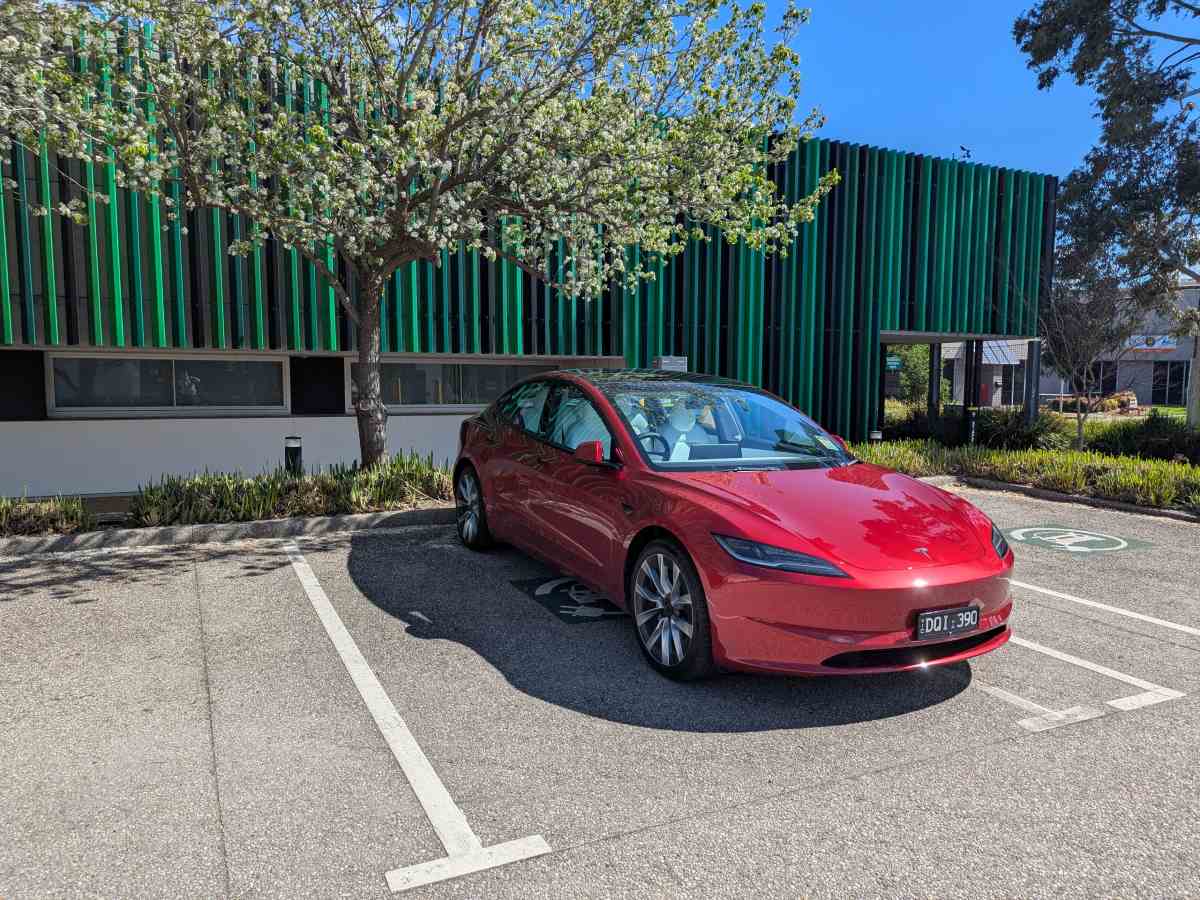

I took the car on similar routes to what I would normally do, from Melbourne CBD and Toorak East in the metropolitan areas to country roads on the Mornington Peninsula.
It handled almost all scenarios without an issue. This included roundabouts, dawn and dusk driving, night driving, rain, road works, hook turns, lane merges, median strips, tunnels, freeway on-ramps, narrower roads, single-carriage bridges, shopping centres and a whole lot more, it did it all.
From the outside, the car is a standard Tesla Model 3, which you can purchase starting from under $56,000 before on-roads. The variant we test-drove was a bit more than that, a Long Range model that starts at under $67,000 and the optional ultra-red paint.
This car comes equipped with what Tesla calls Hardware 4.0 (or AI 4.0), which includes an array of cameras and AI 4 computer for Tesla’s Vision system. This is available in all new Teslas that the company sells in Australia today.
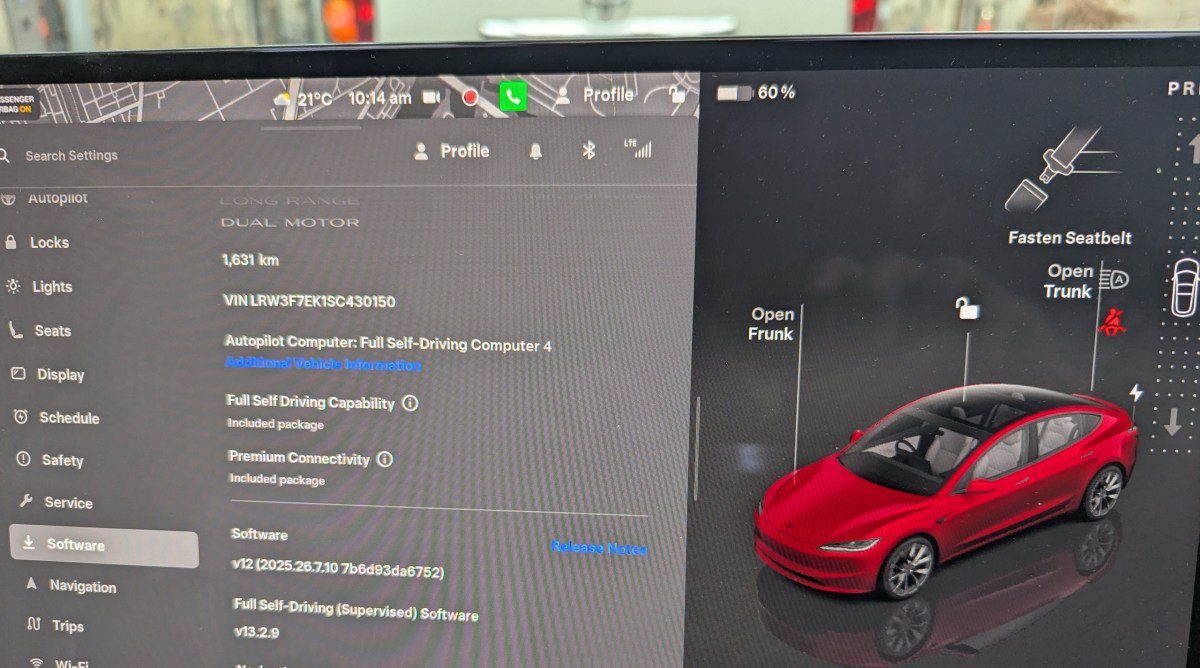

Inside, once again, the car is just the standard car with an upgraded white seat option. Looking at the screen, the FSD Supervised version we had was version 13.2.9.
Starting FSD Supervised is as easy as entering your destination in the car’s in-built navigation on the main screen, putting on your seatbelt and pressing the brake.
A blue button pops up on the screen, which you can press and hold for FSD Supervised to activate. From there, the car engages drive or reverse depending on where the car is parked.
Slow maneuvers are easy for the car to navigate through, and the software has a really good understanding of its surroundings.
Having experienced its Tesla Vision system, it’s quite clear that the system is capable of seeing quite a lot more than many humans with 20-20 vision would. Driving it in rain or when the sun was glaring through the windscreen didn’t stop it.
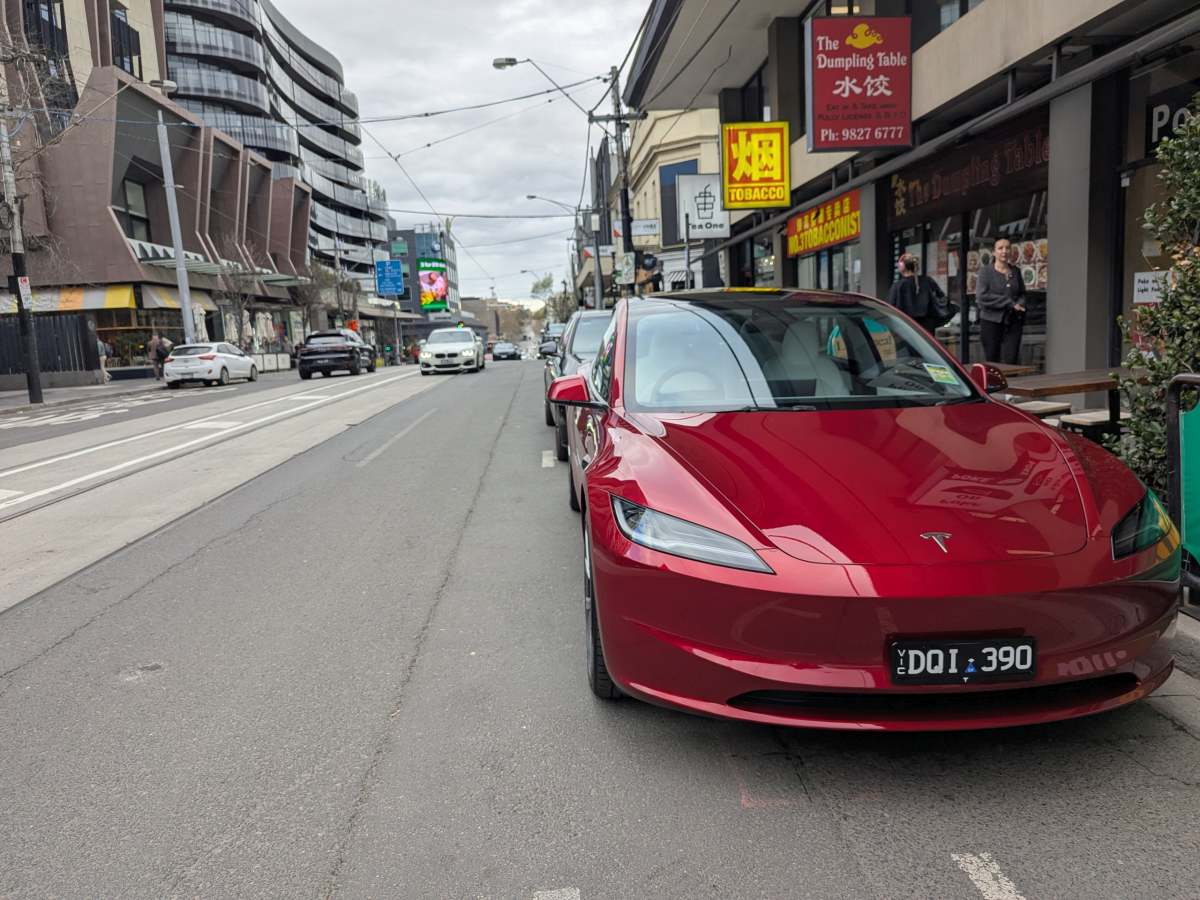

It goes to show that moving away from radar and not using LiDAR tech isn’t a deal breaker for the FSD Supervised system, as some suspected, and it’s expected to only get better from here.
Of course, it would be good to test it in foggy conditions, but during the time I had the FSD-supervised car, that scenario couldn’t be tested.
What I was able to see was how the system navigated through some of the roadworks that are happening in Melbourne and regional Victoria. It slowed down and navigated temporary cones and sped back up once it finished.
I did notice on a few occasions where the car sped up but remained a few kilometres under the speed limit. Tapping the accelerator brought it back up to the speed limit, where the car kept it.
Accelerating and braking in traffic was quite smooth compared to the standard autopilot that many Tesla drivers already have experienced.
With driving, the FSD Supervised enabled car saves you just the right space between itself and the car in front of it when coming to a stop at the traffic lights. It did this consistently, making it a lot easier to trust quite early.
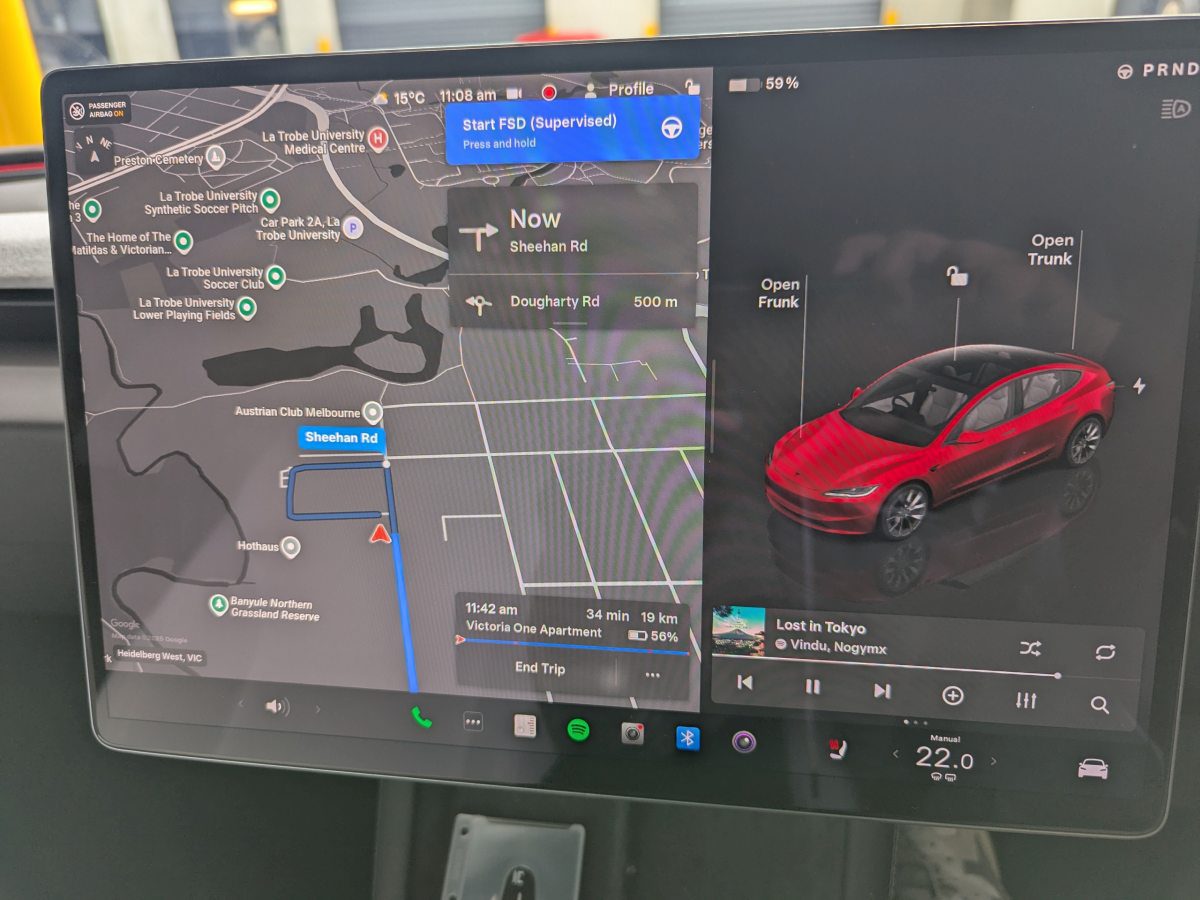

Accelerating with FSD supervised is very consistent, with only one mode on offer, it’s not too fast or in a rush to get to its destination.
Getting on highways with ramp signals wasn’t any drama, and it followed the cars to get up to highway speed before merging into it.
On the highways, it changed lanes as needed, and if it was in the left lane, it would be considerate to cars merging on.
An area where I found it could improve was in detecting and avoiding potholes. While driving around on the Mornington Peninsula, some roads have mild pot holes which is drove through.
This is likely to be improved in the upcoming updates given the car does exceptionally well on detecting and driving over speedhumps, around tighter roundabouts and other obstacles.
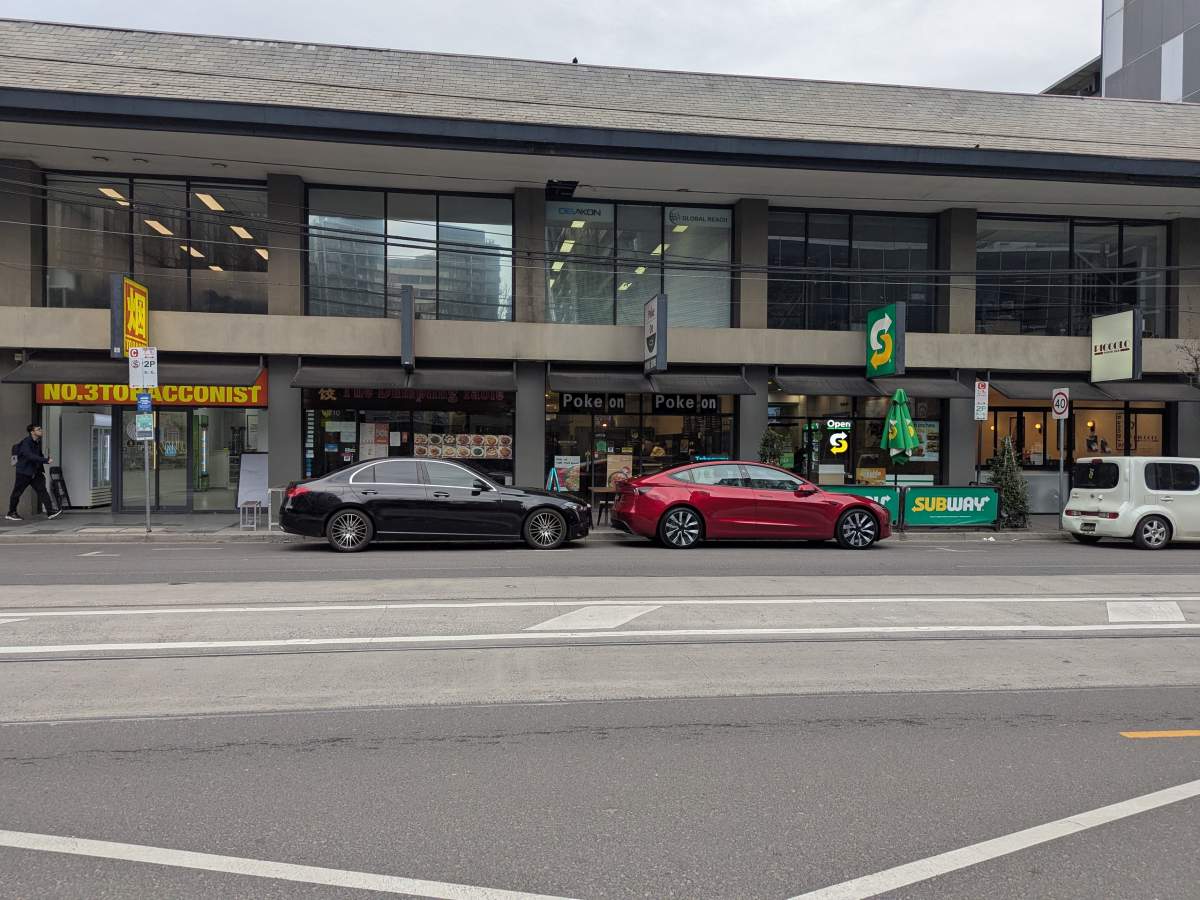

As of last week, Tesla has officially released the FSD Supervised to Hardware 4 capable cars and with a subscription plan in the works, it’s absolutely something many should consider test driving.
You’ll genuinely be surprised by how stress-free it makes driving around our cities and towns.
I am still amazed at the fact that it’s available on cars that are priced in the mid $50,000 range, with some used Hardware 4 Tesla’s accessible at a price starting around $40,000 today.
This software has the potential to make our roads safer today, and it will certainly improve as the software evolves in the coming versions.
In my experience, FSD Supervised today is 99.9% there in the way it handles traffic, road rules, driving behaviours of other drivers and a lot more. Given this is the first version available to the public in Australia, it’s only likely to get better.
We can’t wait to test drive future releases, as the current version on the streets of Melbourne and regional Victoria has already blown my mind.
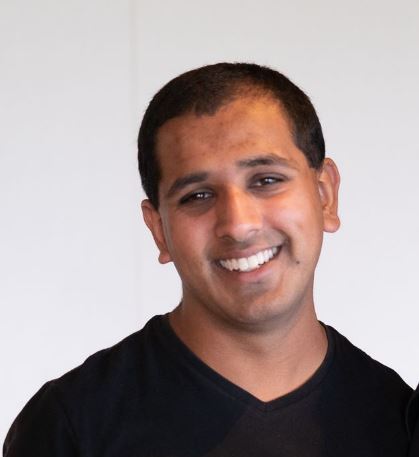

Riz is the founder of carloop based in Melbourne, specialising in Australian EV data, insight reports and trends. He is a mechanical engineer who spent the first 7 years of his career building transport infrastructure before starting carloop. He has a passion for cars, particularly EVs and wants to help reduce transport emissions in Australia. He currently drives a red Tesla Model 3.


